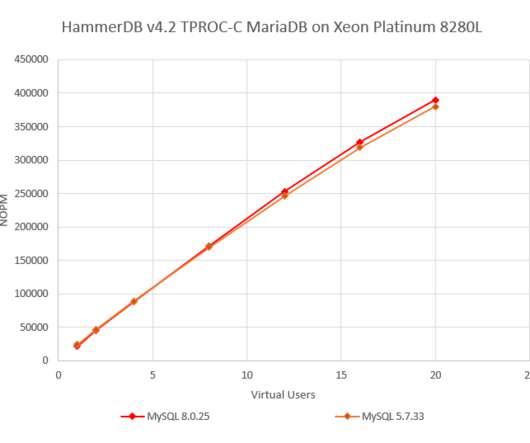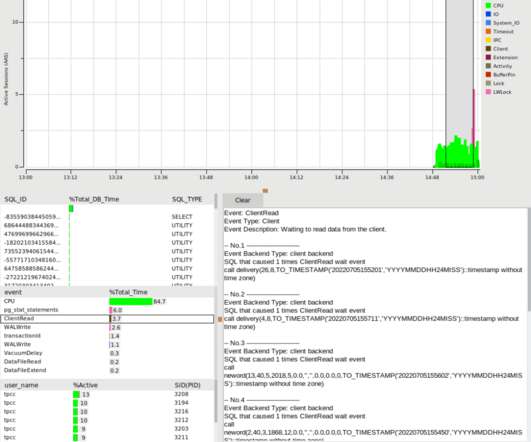Site reliability engineering: 5 things you need to know
Dynatrace
FEBRUARY 4, 2021
Site reliability engineering (SRE) is the practice of applying software engineering principles to operations and infrastructure processes to help organizations create highly reliable and scalable software systems. SRE applies DevOps principles to developing systems and software that help increase site reliability and performance.

















Let's personalize your content